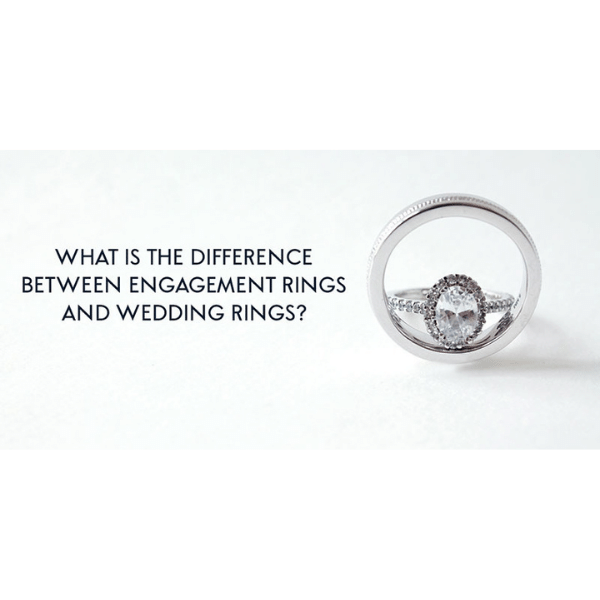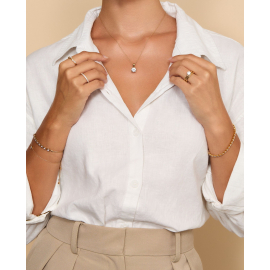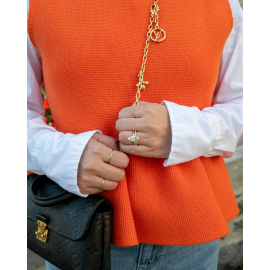Price match guarantee

We’ve teamed up with Klarna to provide flexible payment options, allowing you to shop the way you want. With Klarna, you can split your payment into 3 instalments or choose to pay later, making your shopping experience smoother and more convenient. Your order total must be between £100 and £499 to qualify.

We’ve teamed up with Klarna to provide flexible payment options, allowing you to shop the way you want. With Klarna, you can split your payment into 3 instalments or choose to pay later, making your shopping experience smoother and more convenient. Your order total must be between £100 and £499 to qualify.

June 01, 2018 | by Admin
It is law within the UK that every item of precious metal sold such as Platinum, Gold, Silver is stamped labelling the item with the type of metal it is. Platinum pieces which weigh less than 0.5 grams, 18ct Gold and Palladium pieces weighing less than 1.0 gram and Silver pieces weighing less than 7.78 grams are except from hallmark.
At Diamonds Factory all our products are hallmarked as per UK hallmarking law from London Assay Office (The GoldSmith Company)
The Goldsmiths' Company Assay Office is the oldest assay office in the United Kingdom. It has provided hallmarking services since The Goldsmiths' Company was founded in the 1300s. The company received its royal charter in 1327 and ranks 5th in order of precedence of the 12 Great Livery Companies of the City of London.
Hallmarking dates back to the 1300s when Edward I of England passed a law requiring any item made of silver, which was offered for sale, to be at least of equal quality as that of the coin of the realm (silver currency). The wardens of The Goldsmiths' Company were tasked with visiting workshops in the City of London to assay (test) silver articles. If these articles were found to be below standard they were originally destroyed and the metal forfeited to the King. If they passed, each article received the King's mark of authentication - the mark of a leopard's head. By 1478, there were several hundred workshops and merchants manufacturing silver articles in the City of London. It was not possible for the wardens to visit them all so the merchants were ordered to bring their items to Goldsmiths' Hall for testing and marking and a permanent Assay Office was established in the building. This is the origin of the term hallmark - struck with the King's mark at Goldsmiths' Hall.
In 1544 the Goldsmith's Company adopted the King's mark as their town mark and the mark of the leopard's head is now internationally recognised as the mark of this assay office.
The Goldsmiths's Company Assay Office is still based at Goldsmiths's Hall and remains the oldest company in Britain to be continually trading from the same site. However, it also has two satellite offices; at Greville Street in Hatton Garden in the heart of the London jewellery quarter and within a high security complex near London's Heathrow airport. It now has a new off-site facility within the Dalston-based jewellery manufacturer, Allied Gold. This is the first time in the Assay Office's 700 year history that it has opened permanent hallmarking services on a customer's premises.
In addition to hallmarking, the office has now expanded its range of services to support the jewellery trade and enforcement authorities. It offers a variety of specialist analytical services including nickel, lead & cadmium testing, antique silver dating, non-destructive compositional analysis, plating thickness measurement and a melt and assay service for scrap precious metal carried out in their fully independent on-site laboratory. Other services offered are a jewellery valuation service, laser marking, trading standards assistance, high quality photography and a comprehensive range of training and educational seminars, lectures and specialist events.






Nowadays, both engagement rings and wedding rings are very popular, with a huge variety to choose from, but the meaning behind them remains the same.
But, what exactly is the difference between them? Well, engagement rings represent the promise of a future marriage and should be worn all throughout your engagement, whereas wedding bands are exchanged on your wedding day and are worn by both of you to show your commitment to one another.
With plenty to think about when you’re planning on getting married, finding the right wedding jewellery can be overwhelming. So, in order to help you choose the perfect pieces, we’ve put everything you need to know in this guide, including what engagement rings and wedding rings mean, whether or not you need to have them both and how best to wear them together.What is an Engagement Ring?
Engagement rings represent the promise of a lifetime together and will stay on your partner’s left hand until the day of the wedding, where it will then be moved next to the wedding band. The engagement ring will remind them, and others, that a wedding is about to happen.
It’s believed that engagement rings were invented by the Romans, where the bride-to-be was given two rings - one made of iron that she would wear inside and one made of gold to wear in public. This ring is typically worn on the ring finger of the left hand because it was thought that this finger had a vein that led to the heart.
Women, and men, dream about being proposed to with a sparkling engagement ring, but this wasn’t a tradition until 1477 when the Archduke Maximilian of Austria proposed to Mary of Burgundy in Vienna with a diamond ring. He started a trend that influenced those in higher classes of society to give diamonds to their loved ones.
During World War I, the popularity of the diamond rapidly declined - especially amongst the younger generation. However, later, in the 1940s, the diamond engagement ring regained its popularity thanks to a marketing campaign by De Beers, and once again became the symbol of love.
Engagement rings can come in a variety of styles, from classic shapes that bring all the attention to the centre diamond to intricate designs that feature ornate bands or elaborate settings. They can also feature gemstones, like Princess Diana’s sapphire engagement ring that Prince William would later use to propose to Kate Middleton. Or, Jackie Kennedy’s emerald ring, which featured a 2-carat emerald and 2-carat diamond in a yellow gold setting.
You can also give your partner an eternity ring as an engagement ring as there’s no hard and fast rule that says an engagement ring must have an obvious centre stone. In fact, more and more people today are proposing with eternity rings due to their versatility.What is a Wedding Ring?
Ancient cultures believed that a circle represented infinity and the feeling of being whole. It was also used to indicate that something was sacred. So, it comes as no surprise, that wedding bands are the ultimate symbol of love. Exchanged by bride and groom during the wedding ceremony, these rings are usually simpler in design than engagement rings.
In ancient Egypt, wedding rings were believed to be made with metals, or by braiding hemp or reeds. During the 16th and 17th centuries, husbands gifted their spouses with a gimmel, which consisted of two interlocking bands that were first worn by both of them during the engagement. On the day of the wedding, the rings would be reunited. Thereafter, the spouse would wear both of them combined. These days, wedding rings are worn by both spouses, day and night, and have become such a tradition that its absence is often interpreted as meaning that a person is single.
Nowadays, a plain platinum or gold band is the most common choice. Although, alternative materials like silicone or steel are available. The reason behind the use of these perpetuity noble metals is that they symbolise an eternal marriage. Besides plain rings, some can feature diamonds or original engraving designs, a style that is becoming increasingly popular.
Since more intricately designed engagement rings are on demand, bridal sets are a good option as they will ensure that both rings fit flawlessly. This will save you from having to search for the perfect wedding ring to adjust to your engagement ring. Bridal sets can even include the groom’s wedding ring too! The downside? If you wear the rings separately, they won’t look right. When it comes to wearing your engagement ring on your wedding day, the engagement ring is usually removed to accommodate the wedding ring since it's supposed to be worn closer to the heart.Do you Need an Engagement Ring and a Wedding Ring?
Having both an engagement ring and a wedding ring ultimately comes down to personal preference. While tradition says you should have both, there’s nothing stopping you from only having the one if you prefer.
While wearing both rings offers a timeless, eye-catching combination, perfect for showing off the sparkle, many are choosing to wear either just the engagement ring or just the band. This could be due to many reasons, some people may simply feel more comfortable wearing one ring - especially if they have a physically demanding job that could potentially damage the protruding stone of the engagement ring.
Having just one ring also avoids the hassle of having to choose rings that match, and you can simply have the ring of your dreams. Plus, if you’re saving to have an extravagant wedding or a luxurious honeymoon, you might decide to forgo one of the rings if it’s less of a priority for you.How to Wear Engagement Rings and Wedding Rings
In western culture, engagement rings are typically worn on the 4th finger on the left hand. After getting married, the wedding ring should sit on the same finger first, and then the engagement ring second.
If you’re planning on adding an eternity ring to the stack, which is often given after the first child or an important anniversary, this should then sit on the same finger above the engagement ring, so the engagement ring is in the middle. However, many people find having three rings on one finger uncomfortable - especially as your fingers swell during the summer. So, an alternative is to wear the eternity ring on the fourth finger of the right hand instead.
Shopping for rings is an exciting experience, but keep the above in mind in order to make the right purchase.